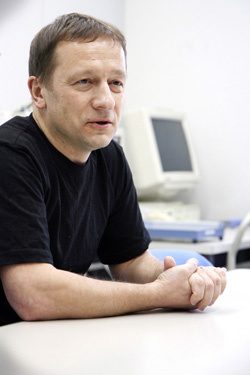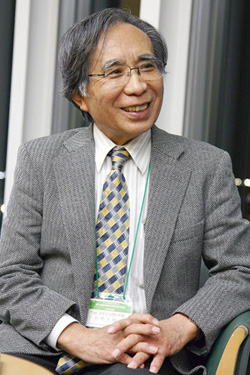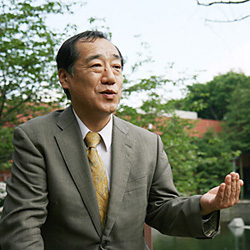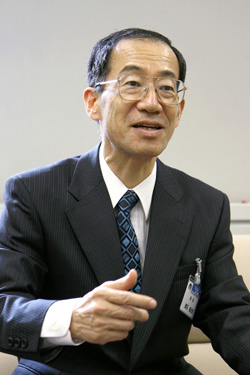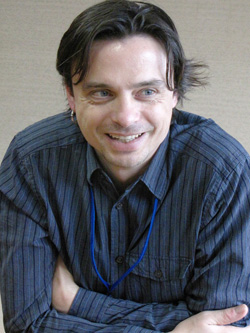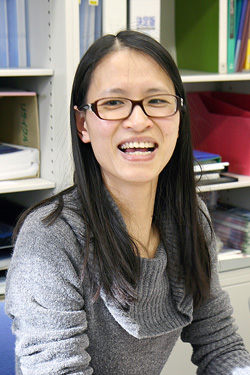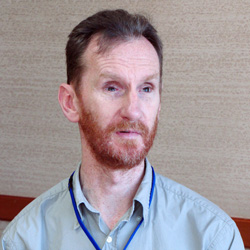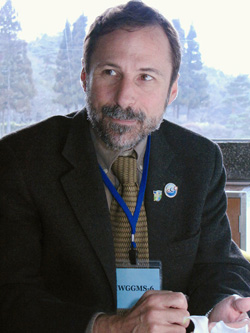![GOSAT PROJECT [ THE GREENHOUSE GASES OBSERVING SATELLITE: GOSAT 'IBUKI' ]](../../img/img_top.jpg)
- Top
- > NIES GOSAT PROJECT NEWSLETTER
- > Special Interview
No.8
The life takes me
here and there.
Dr. Alexey Yaremchuk
Mathematician
Advisor to the Modeling Group
No.7
"IBUKI"'s sensor:
changing the game plan
Dr. Taroh Matsuno
Principal Scientist
Japan Agency for Marine-Earth Science and Technology (JAMSTEC)
No.6
I believe it is an important point of view,
in terms of giving an adequate explanation to complex matters.
Professor Shuichi Rokugawa
President, the Remote Sensing Society of Japan (RSSJ)
Professor, Department of Technology Management for Innovation
Graduate School of Engineering,
The University of Tokyo
No.5
I give it high marks for the great significance it carries
by being ahead of the world producing CO2 data and distributing them.
Professor Ryutaro Tateishi
Former President, Japan Remote Sensing Society of Japan (RSSJ)
Professor, Center for Environmental Remote Sensing (CEReS),
Chiba University
No.4
Including a large community of researchers and continuously organizing international meetings is fantastic.
Dr. Hartmut Boesch
Research Fellow,
Earth Observation Science Group,
Space Research Centre,
Department of Physics and Astronomy,
University of Leicester,
United Kingdom
No.3
"IBUKI" motivates us for our spectroscopic studies.
Dr. Ha Tran
Researcher,
Laboratoire Inter-universitaire des Systèmes Atmosphériques (LISA),
Centre National de la Recherche Scientifique, France
No.2
The measurement is really useful when we learn something from the satellites that we would not have learned from the surface network.
Dr. Peter Rayner
Senior Expert,
Laboratoire des Sciences du Climat et l'Environment, France
No.1
We still need to do some work to fully exploit the information that the data contain.
Dr. David Crisp
Principal Investigator,
Orbiting Carbon Observatory
Senior Research Scientist,
Earth and Space Sciences Division,
Jet Propulsion Laboratory, California Institute of Technology

